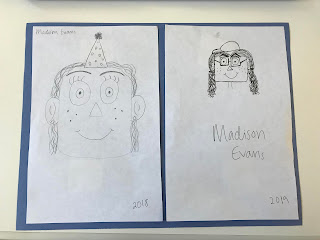Expanding on Theory - Biomechanical Frame of Reference for Positioning Children for Function
The Biomechanical Frame of Reference for Positioning Children for Function is a frame of reference theory that is most commonly used with children and/or adolescents who are not able to maintain a functional posture due to neuromuscular or musculoskeletal dysfunction. It aims at progressively enhancing the development of postural reactions in an individual by aligning the body and decreasing the demands of gravity. It also focuses on increasing an individual's functional performance by offering external support that will stabilize the proximal body in order to improve function in distal areas. This theory stems from the idea that motor patterns are developed from receiving sensory stimulation from the environment and that autonomic motor responses are essential for maintaining posture. Being "functional", according to this theory, would include being able to maintain an appropriate and functional posture due to appropriate muscle activity and neuromuscular/musculoskeletal functioning. Proper posture and positioning is associated with proper range of motion, head control, trunk control, control of arm movement, mobility, and positions that relate to adequate performance in activities of daily living for that child/adolescent. When using this theory, an OT might assess range of movement against gravity, hand positioning, and mobilization of limbs when walking or working towards the desired goal.
Some key terms that this theory highlights and focuses on are static position (holding the same position for a period of time), range of motion (the amount of movement available in a specific joint), and activities of daily living (activities oriented toward taking care of one’s own body).
Some key terms that this theory highlights and focuses on are static position (holding the same position for a period of time), range of motion (the amount of movement available in a specific joint), and activities of daily living (activities oriented toward taking care of one’s own body).


Comments
Post a Comment